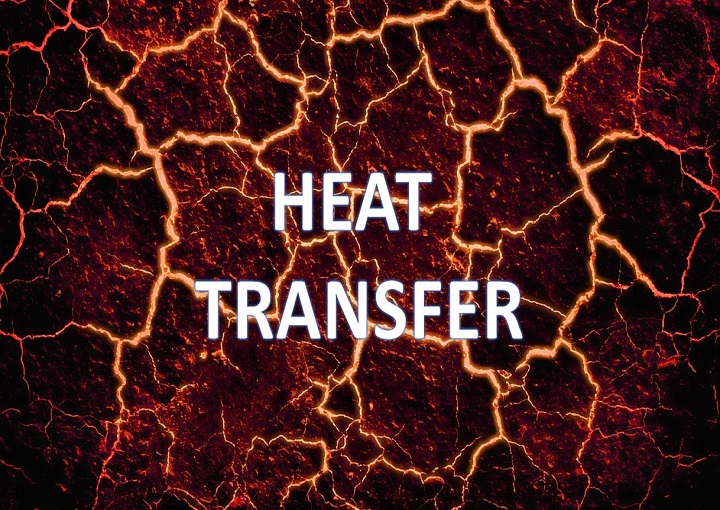Heat transfer is an important concept in engineering, physics, and chemistry. Read on to learn more about how heat is transferred and the different types of heat transfer.
Introduction:
Heat transfer thermodynamics is a fundamental concept in science and engineering that explains how heat energy is transferred between objects. Heat transfer is essential in various industrial processes, such as power generation, refrigeration, and heating. Heat transfer thermodynamics is also essential in everyday life, such as cooking, heating water, and cooling a room.
In this article, we’ll take an in-depth look at heat transfer thermodynamics, including the different types of heat transfer and the laws governing heat transfer. We’ll also discuss some practical applications of heat transfer thermodynamics and answer some frequently asked questions.
Types of Heat Transfer:
Heat transfer can occur in three ways:
conduction, convection, and radiation. Each method of heat transfer has unique characteristics and mechanisms.
Conduction:
Conduction is the transfer of heat through a material by direct contact. In this process, heat flows from hotter areas to cooler areas until a state of thermal equilibrium is reached. Metals, for example, are excellent conductors of heat because of their high thermal conductivity.
Convection:
Convection is the transfer of heat through the movement of fluids, such as air or water. When a fluid is heated, it becomes less dense and rises, creating a convection current. This process is responsible for many natural phenomena, such as winds and ocean currents.
Radiation:
Radiation is the transfer of heat through electromagnetic waves. Unlike conduction and convection, radiation does not require a medium to transfer heat. The sun, for example, heats the earth through radiation.
Laws of Heat Transfer:
There are three laws that govern heat transfer:
First Law of Thermodynamics:
The first law of thermodynamics, also known as the law of conservation of energy, states that energy cannot be created or destroyed. It can only be transferred or converted from one form to another. This law is fundamental to heat transfer thermodynamics because it means that the total energy in a system must remain constant.
Second Law of Thermodynamics:
The second law of thermodynamics states that heat cannot spontaneously flow from a colder body to a hotter body. This law explains why refrigerators and air conditioners work and why heat always flows from hotter to cooler areas.
Third Law of Thermodynamics:
The third law of thermodynamics states that it is impossible to reach absolute zero, the temperature at which all molecular motion ceases. This law is important because it sets a limit on how much heat energy can be transferred.
Applications of Heat Transfer Thermodynamics:
Heat transfer thermodynamics has numerous practical applications, including:
- HVAC systems
- Thermal power plants
- Refrigeration and air conditioning
- Cooking and baking
- Chemical processing
- Geothermal energy systems
Conclusion:
Heat transfer thermodynamics is a complex and important field of study that has a wide range of applications in various industries. Understanding the principles of heat transfer and the laws that govern it can help engineers and scientists develop more efficient and effective systems.
Whether you’re an engineer, a physicist, a chemist, or just someone interested in science, heat transfer thermodynamics is a fascinating subject worth exploring. So take some time to learn more about this crucial area of science and its practical applications.
Frequently Asked Questions:
1. What is heat transfer thermodynamics?
Ans: Heat transfer thermodynamics is the study of how heat energy is transferred between objects.
2. What are the different types of heat transfer?
Ans: The three types of heat transfer are conduction, convection, and radiation.
3. What are the laws of heat transfer?
Ans: The three laws of heat transfer are the first law of thermodynamics, the second law of thermodynamics, and the third law of thermodynamics.
4. What are some practical applications of heat transfer thermodynamics?
Ans: Some practical applications of heat transfer thermodynamics include HVAC systems, thermal power plants, refrigeration and air conditioning, cooking and baking, chemical processing, and geothermal energy systems.

